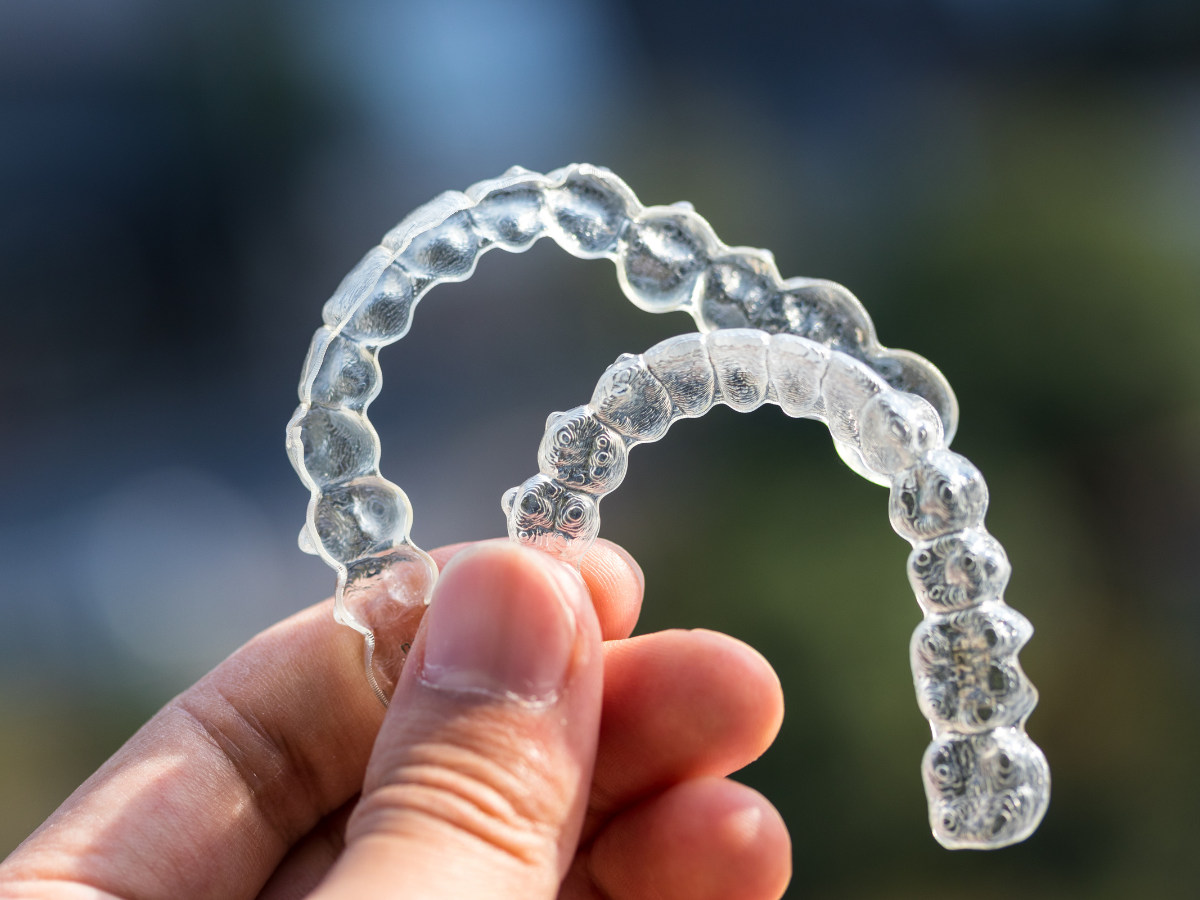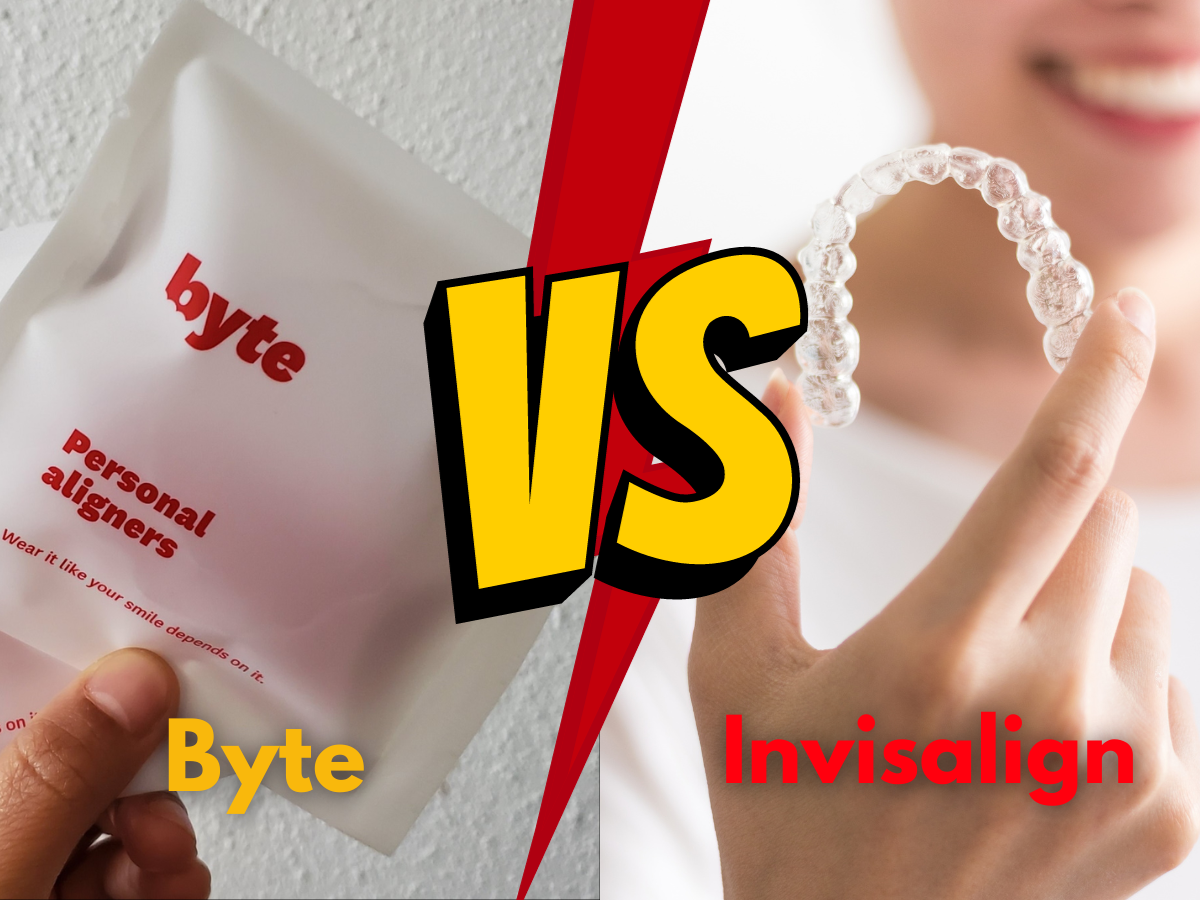Modern orthodontic procedure Invisalign has transformed oral care by providing a more discrete and practical option to traditional braces. Although this cutting-edge method of teeth straightening is becoming more and more popular, the cost can be high. Dental insurance, created especially to assist in defraying the expense of procedures like Invisalign, can be a useful tool. But it’s important to know how dental insurance Invisalign functions and what to take into account.
What is dental insurance for invisalign
Dental insurance for Invisalign, a specialised form of dental insurance, is designed to provide coverage for individuals seeking Invisalign treatment. Invisalign, which is an innovative method for straightening teeth, involves a series of clear aligners that gradually shift teeth into their desired positions. It is often considered a more discreet and convenient alternative to traditional braces.
Dental insurance for Invisalign may offer coverage or reimbursement for a portion of the costs associated with the treatment, including consultations, X-rays, and the aligners themselves. However, the extent of coverage and specific details can vary widely depending on the insurance plan and provider. It’s essential to carefully review the terms and conditions of your dental insurance policy to understand the level of coverage it offers for Invisalign and any limitations or requirements that may apply. In some cases, there might be age restrictions or waiting periods before dental insurance Invisalign coverage becomes effective. Supplemental orthodontic insurance, designed specifically for orthodontic treatments like Invisalign, is also an option to consider if your primary dental insurance provides limited coverage.
1. Dental Insurance Invisalign Coverage Varies
When considering Invisalign treatment, the first thing to understand is that dental insurance coverage varies widely. Unlike some dental procedures that are often fully or partially covered by insurance, Invisalign is generally classified as a cosmetic procedure. As a result, it may not be fully covered under many dental insurance plans.
However, this doesn’t mean that Invisalign is entirely out of reach for those with dental insurance. Some insurance plans do provide coverage for orthodontic treatments, including Invisalign, but the extent of coverage can vary significantly. It’s essential to check with your insurance provider and review your policy carefully to understand what is covered and what is not. Additionally, you can consult with your orthodontist’s office, as they often have experience dealing with various insurance plans and can provide guidance on maximising your benefits.
2. Orthodontic Benefits vs. Cosmetic Coverage
Many dental insurance invisalign plans distinguish between orthodontic treatments and cosmetic procedures. Orthodontic benefits typically cover treatments that are considered medically necessary, such as correcting bite issues, jaw alignment problems, or severe overcrowding. Invisalign treatment, when prescribed for purely cosmetic reasons, may fall into the cosmetic category and receive little to no insurance coverage.
However, if your orthodontist deems Invisalign necessary for improving your oral health, such as addressing bite problems or preventing future issues, you may have a better chance of securing insurance coverage. It’s crucial to have a detailed discussion with your orthodontist about the reasons for pursuing Invisalign treatment and, if necessary, request supporting documentation for your insurance claim.

3. Lifetime Maximums and Waiting Periods
Dental insurance plans often have lifetime maximums and waiting periods for orthodontic coverage. A lifetime maximum is the maximum amount your insurance plan will pay for orthodontic treatment over your lifetime. If you’ve had previous orthodontic work or reached your lifetime maximum, it could affect your Invisalign coverage.
Furthermore, many insurance plans have waiting periods before you can access orthodontic benefits. This means you might need to be enrolled in the plan for a specified period before you can claim coverage for Invisalign or any other orthodontic treatment. Be sure to inquire about these limits and waiting periods when assessing your insurance options.
4. Alternative Financing Options
If your dental insurance invisalign plan offers limited or no coverage for Invisalign, don’t lose hope. There are alternative financing options available to help you manage the cost of treatment. Some orthodontists provide flexible payment plans or financing options that can spread the expense over a more extended period. Additionally, you can explore third-party financing companies that specialise in healthcare expenses, including orthodontic treatments.
Another consideration is utilising Health Savings Accounts (HSAs) or Flexible Spending Accounts (FSAs) if you have them. These tax-advantaged accounts can be used to cover eligible medical and dental expenses, including Invisalign, with pre-tax dollars.
5. Pre-authorization and Documentation
To increase the chances of securing insurance coverage for Invisalign, it’s crucial to follow the pre-authorization process and maintain meticulous documentation. This typically involves getting your orthodontist to submit a treatment plan to your insurance provider. The plan should outline the medical necessity of the treatment, including how Invisalign will benefit your oral health.
FAQ’S
Q1:Does every dental insurance plan cover Invisalign?
A1:No, not all dental insurance plans cover Invisalign. Coverage varies between providers and policies.
Q2:What’s the typical coverage limit for Invisalign with dental insurance?
A2:Dental insurance plans often have a lifetime maximum for orthodontic treatments, including Invisalign.
Q3:Are there financing options available if my insurance doesn’t cover Invisalign?
A3:Yes, many Invisalign providers offer payment plans, and dental financing companies can assist in covering treatment expenses.
Q4:Do I need to meet specific criteria to qualify for dental insurance coverage of Invisalign?
A4:Yes, insurance providers may have eligibility criteria that you must meet to be covered for Invisalign.
Q5:Is dental insurance Invisalign coverage the same as traditional orthodontic treatment coverage?
A5:Invisalign is typically categorised under orthodontic treatment, but specifics may vary among policies.

Dental insurance Invisalign can be a valuable financial resource when considering Invisalign cost. However, it’s essential to understand the specifics of your coverage and be prepared for potential out-of-pocket expenses. Not all plans cover Invisalign, and those that do may have limits and eligibility requirements that you need to be aware of. If you find that your dental insurance Invisalign coverage is insufficient to manage the Invisalign cost, exploring alternative financing options, like FSAs, HSAs, and dental financing companies, can help bridge the financial gap.
Before embarking on your Invisalign journey and dealing with Invisalign cost, take the time to thoroughly research your dental insurance policy, communicate with your insurance provider, and discuss payment options with your Invisalign provider. By doing so, you can make an informed decision that ensures a straighter, more confident smile without breaking the bank. Dental insurance for Invisalign can be a crucial component of achieving the smile you’ve always wanted while effectively managing Invisalign cost.



